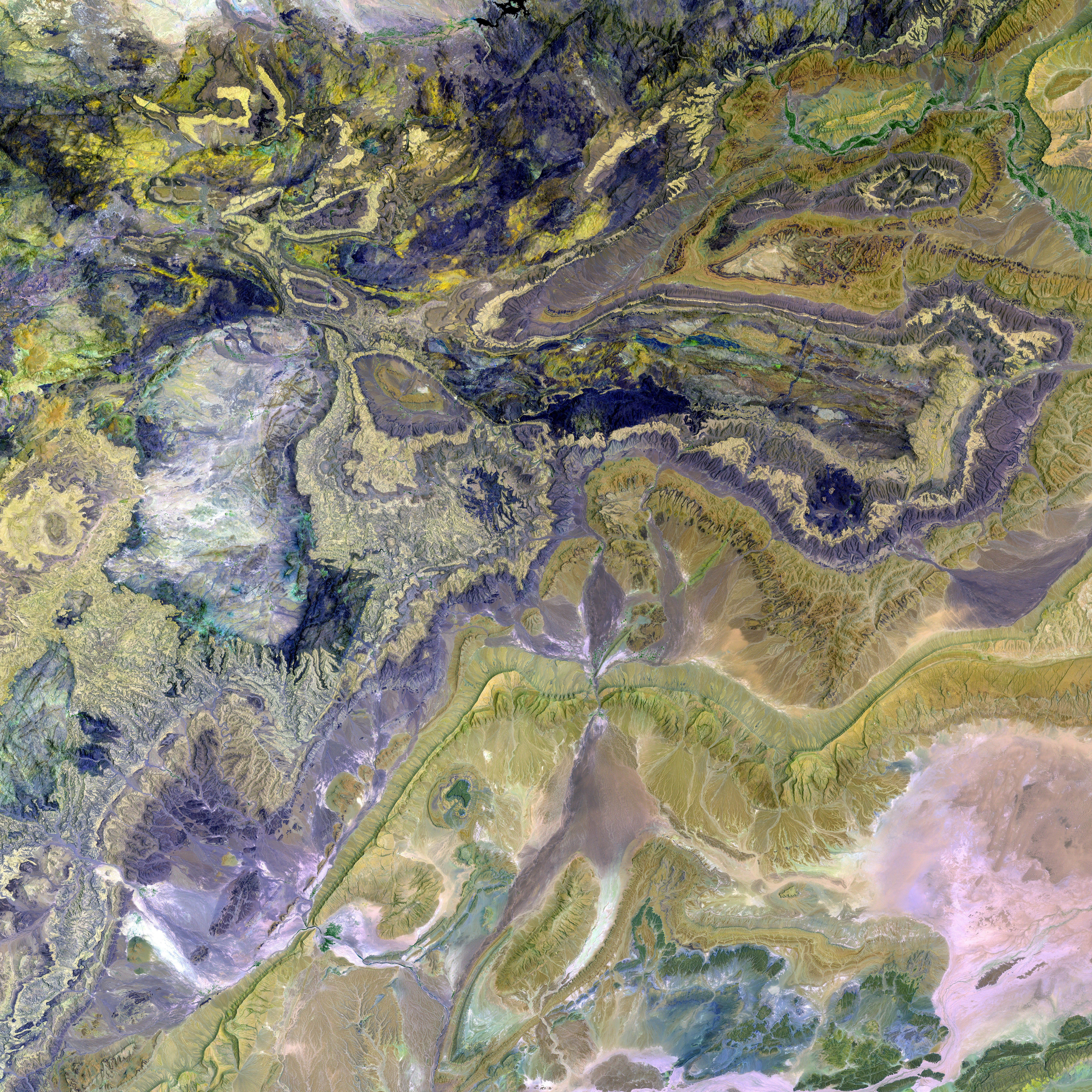Cleaning Olefin Fabric: Expert Advice Revealed
Maintaining the Cleanliness of Outdoor Furniture Plagued by Neglect: A Guide to Cleaning Olefin Fabric
Keeping your patio furniture clean often takes a backseat in your list of priorities, but regular upkeep is crucial. Olefin fabric, a common material used for outdoor furniture due to its durability, lightweight nature, and resistance to stains and mildew, requires little effort to clean. However, a careless approach can result in damage to your elegant patio setup. To help you prepare for the perfect outdoor seating experience, we consulted an expert on how to clean olefin fabric. With readily available household items, you can clean your patio furniture and relish the warmer weather in comfort.
The Frequency of Cleaning Olefin FabricFor outdoor furniture with olefin fabric, routine cleaning is advisable. During peak outdoor seating season, clean your olefin furniture and cushions every one to two months. If you reside in a colder climate, perform a deep clean before storing them away or after exposure to harsh weather conditions.
Materials Essential for Cleaning Olefin Fabric
- Mild dish soap
- Warm water
- Soft cloth or sponge
- Soft brush or vacuum
- Clean towel
Additional options (for tough stains or mold):- Oxygen-based cleaner (like OxiClean)- White vinegar- Baking soda
Instructions for Cleaning Olefin Fabric
Step 1: VacuumUse a vacuum with a soft brush attachment to remove dust, dirt, and debris from the fabric. This ensures that all minor particles of debris are eliminated during the cleaning process. If your vacuum doesn't have a soft brush attachment, use a soft brush to remove all debris.
To prevent buildup and staining, it's recommended to gently brush off loose dirt and debris with a soft brush or vacuum regularly.
Step 2: Spot CleanCreate a spot-cleaning solution by mixing 1 teaspoon of mild liquid dish detergent with 1 cup of warm water. Moisten a clean cloth or sponge with the solution and gently blot the stained area without soaking it. Since olefin fabric is water-resistant, avoid overly soaking the cushion filling inside. To prevent damage to the fabric, refrain from rubbing the area too vigorously. Allow the soap to penetrate the stains for a few minutes, then use a clean, damp cloth to blot away the soap residue.
For more stubborn stains, consider using an oxygen-based cleaner or a solution of 1 cup white vinegar, 1 cup water, and 2 tablespoons baking soda for tough mold spots. Depending on the specific stain and fabric, some stains might require additional time for the cleaner to work, so let it sit for up to 30 minutes if needed.
Step 3: Rinse ThoroughlyRinse the fabric with clean water using a garden hose or a damp cloth to remove all soap and cleaning solution residue. Ensure total removal of the soap and cleaning solution to prevent attracting more dirt.
Step 4: Air DryAllow the fabric to air dry completely before use. Olefin fabric dries quickly and is resistant to mold and mildew.
Tips for Maintaining Olefin Fabric
- Waterproofing To maintain the water-resistant properties of olefin fabric, apply a fabric-safe waterproofing spray every 6 to 12 months. It's best to reapply the waterproofing spray after a deep cleaning.
- Pilling Unlike natural fibers, olefin is susceptible to pilling. To remove pills, use a fabric shaver, lint roller, or wide adhesive tape. Avoid using stiff brushes as they may damage the fabric.
Regular cleaning and maintenance of olefin fabric on outdoor furniture help ensure its durability and visual appeal. By following these simple steps and maintenance tips, you can keep your olefin outdoor furniture clean, comfortable, and looking like new for years.
As a conscientious homeowner, you'll find it beneficial to incorporate regular cleaning and organizing routines for your outdoor furniture, which often goes overlooked. Martha Stewart's expertise on olefin fabric, a popular choice for its durability and resistance to stains, can guide you in maintaining a clean and appealing patio setup. To clean olefin fabric, gather essential supplies like mild dish soap, warm water, soft cloth or sponge, and a soft brush or vacuum, among other materials, for tackling tough stains or mold.





